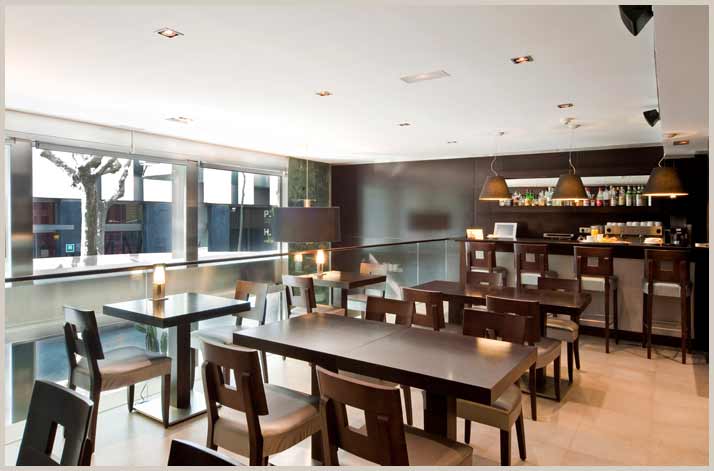Accounting
2016 Fringe Benefits Tax Series: #5: Dine At Work On The IRS
Does your business provide meals to its employees in your own cafeteria or by other means? Generally, the cost of this fringe benefit is deductible by the business and tax-free to the employees, but only as long as certain tax law requirements are met.
Jul. 05, 2016

Does your business provide meals to its employees in your own cafeteria or by other means? Generally, the cost of this fringe benefit is deductible by the business and tax-free to the employees, but only as long as certain tax law requirements are met.
Although business meals can take many forms, this discussion will focus on (1) di minimis meals, (2) employer-provided eating facilities and (3) meals on the business premises.
[This is part of a fringe benefits tax series by our resident tax expert, Ken Berry, J.D., on the “sweet 16” fringe benefits on the books for 2016.]
1. De minimis meals: Occasional meals provided to employees may be excluded from income if they have so little value (taking into account the frequency) that accounting for them would be unreasonable or administratively impracticable. For example, the rules for di minimis meals meals apply to coffee, doughnuts or soft drinks; infrequent meals or meal money enabling an employee to work overtime; and occasional parties or picnics for employees and their guests.
This exclusion also applies to meals provided at an employer-operated eating facility for employees if the annual revenue from the facility equals or exceeds the direct costs of the facility.
If food or beverages furnished to employees qualify as a de minimis benefit, the employer is able to deduct the full cost. The usual 50% limit on deductions for the cost of meals doesn’t apply.
2. Eating facilities: To qualify for tax-free treatment, an employer-operated eating facility must satisfy the following conditions.
- The employer owns or leases the facility.
- The employer operates the facility or has a contract with another party to operate it.
- The facility is on or near your business premises.
The employer provides meals — including food, drinks and related services — at the facility during or immediately before or after the workday.
However, you can’t exclude from tax the value of meals provided to highly-compensated employees (HCEs) at an employer-operated eating facility if the meals aren’t available to all employees or a group of employees as defined under a reasonable classification that doesn’t favor HCEs.
3. Meals on business premises: The value of meals furnished to employees is excluded from tax if they are provided on the business premises for the employer’s convenience. This exclusion doesn’t apply if employees may to choose to receive additional pay instead of meals.
Whether you furnish meals for your convenience as an employer depends on all the facts and circumstances. For instance, if employees must keep working 9-5 through lunch, this is a valid business reason. If more than half of your employees receive meals under these circumstances, you can treat meals furnished to all employees as being for your convenience.
Other special rules may apply (including rules for meals provided to workers after regular business hours and meals for employees who are “on call”). Also, note that employees may incur meals while they are traveling away from home on business or entertaining business clients. Generally, if you qualify, deductions for these meals are limited to 50 percent of the cost.
These special rules require in-depth examination and will be covered in other articles about travel and entertainment (T&E) expenses. Finally, note that deductions for T&E expenses require detailed recordkeeping.
